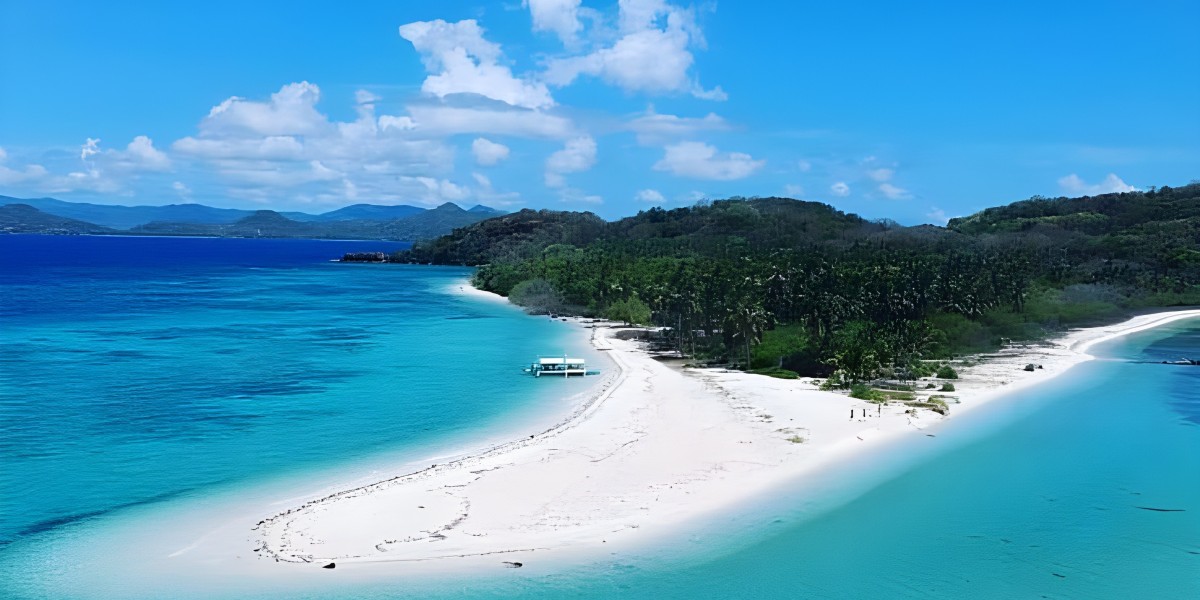The Philippines is a riot of color — turquoise shallows, jagged limestone, palm-fringed coves and tiny villages where sari-sari shops and smiles are part of the welcome. Narrowing the list of “best” islands is a mercy-killing: every island has its own personality. Still, if you want a compact guide that mixes iconic sights, serious snorkeling or surfing, and a handful of secret corners (yes, including Balabac), read on.
Palawan the classic: El Nido, Coron and the wild south
Palawan keeps turning up at the top of travel lists for good reason: dramatic karst cliffs, mirror-like lagoons and a sense of scale that makes other islands feel small. El Nido’s Bacuit Archipelago is postcard-perfect; Coron is famous for its transparent lakes and world-class wreck diving. For travelers who crave emptier sandbars and pink-tinged beaches, the Balabac group at Palawan’s southern edge is an overdue reward — truly remote and delightfully raw. If you want to go off-grid, look up local operators and small-group itineraries.
Balabac the quiet miracle (and why you should consider a boat trip)
Balabac is where long white beaches meet reefs that look like they were painted. Visitors arrive by organized expeditions that run multi-day island-hopping circuits; these are the Boat Tours Balabac that take you to pink-sand pockets, secret sandbars, and coral gardens. Unlike busier destinations, Balabac rewards visitors with hours of undisturbed shoreline and simple camping options — a true “get away from it all” stop. Book reasonably in advance and expect rustic comforts.
Boracay the compact party-meets-beach reboot
Boracay’s White Beach was the island every postcard wanted to be. After its 2018 rehabilitation, stricter environmental rules and a cap on tourist numbers improved water quality and reduced overcrowding. Today it still offers lively nightlife and water sports, but with clearer sand and an emphasis on sustainable tourism — perfect if you want both beach time and a handful of restaurants and bars within walking distance.
Siargao surf, chill, and island-hop
Siargao has exploded from a surf-minor to a must-visit, thanks to Cloud 9’s hollow tubes and a friendly island culture that’s happy to share cold coconut water after a session. Beyond surfing, Siargao’s lagoons, rock pools, and nearby islands make for easy day trips and scenic boat runs. If you’re chasing barrels, this is it.
Bohol rolling hills, tiny primates, and easy rhythm
Bohol is the island of contrasts: the surreal Chocolate Hills, sleepy rivers where you can glide past nipa palms, and the endangered tarsier — one of the smallest primates on earth. It’s wonderful for families and travelers who want a mix of nature, history, and gentle walks. (Respect tarsier sanctuaries: they’re delicate and require quiet visits.)
Cebu and the Visayan staples — waterfalls, wrecks, and reefs
Cebu is a practical hub that doubles as an adventure playground: scenic canyons, the famous Kawasan Falls, and excellent diving and snorkeling nearby. From here you can hop to Moalboal’s sardine run or take boat trips to lesser-known islands — it’s an easy way to stack a varied itinerary without long ferry rides.
How to choose (quick checklist)
- If you want dramatic limestone lagoons and a mix of resorts and rustic stays, pick Tours in Palawan.
- If your idea of paradise is surfing and relaxed island life, pick Siargao.
- If you crave nightlife with great sand, pick Boracay (and enjoy the cleaner, post-rehab scene).
- If you want remote beaches and rare pink sand, add Balabac to your map and search local Boat Tours Balabac — it’s an island-hopping experience unlike most.
Practical tips
Travel in the dry season (roughly November–May) when sea conditions are kinder and inter-island schedules run reliably. Always bring a reef-safe sunscreen, a reusable water bottle, and a respectful curiosity: the best part of the Philippines is not just the scenery but the people you’ll meet.
The archipelago is enormous, but you can design trips that feel deliberate and unrushed: three days to savor one island, a week to string together two or three. If you’re tempted by remote beaches, start planning early — especially for Balabac, where small-boat logistics matter. Whether you chase surf, sunsets, reefs, or quiet sandbars, the Philippines has an island that feels like it was chosen just for you.



